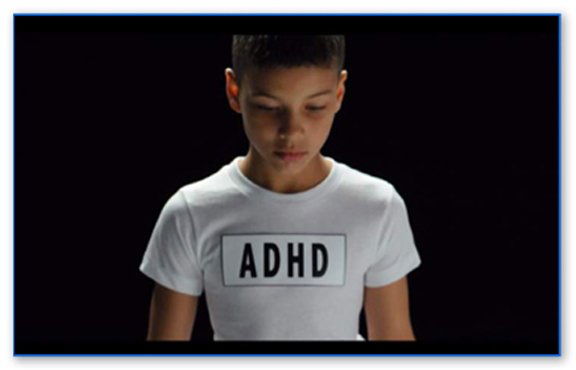A recent article in Nature magazine [“The Drug Deadlock” 11/11/2010] had some interesting comments on psychiatric drugs and drug research.
In January, 2005 a four-year $43 million clinical trial of schizophrenia drugs ended, making it clear that newer psychiatric drugs were barely different than the old ones.
They ran this drug trial because the old drugs had horrific side effects, and they wanted to compare those old drugs to the newer drugs. What they found, and did not expect, was that the side effects of the new drugs were just as bad. Overall, three-quarters of the patients abandoned their drug during the trial due to side effects, regardless of which drug they took.
Within a few years, several large drug companies chose to pull out of psychiatric pharmacology altogether in order to cut costs.
Now, however, drug companies are looking again at schizophrenia drug research, because schizophrenia represents a huge potential market, particularly given that most patients seem to manifest such symptoms in their early twenties and could be on daily drugs for the rest of their lives.
Unfortunately, schizophrenia is not a real mental disease, and psychiatric drugs are not a real cure.
This condition was first called dementia praecox by German psychiatrist Emil Kraepelin in the late 1800’s, and labeled “schizophrenia†by Swiss psychiatrist Eugen Bleuler in 1908.
Robert Whitaker, author of Mad in America, says the patients that Kraepelin diagnosed with dementia praecox were actually suffering from a virus, encephalitis lethargica (brain inflammation causing lethargy) which was unknown to doctors at the time.
Psychiatry never revisited Kraepelin’s material to see that schizophrenia was simply an undiagnosed and untreated physical problem. “Schizophrenia was a concept too vital to the profession’s claim of medical legitimacy. The physical symptoms of the disease were quietly dropped. What remained, as the foremost distinguishing features, were the mental symptoms: hallucinations, delusions, and bizarre thoughts,†says Whitaker. Psychiatrists remain committed to calling “schizophrenia†a mental disease despite, after a century of research, the complete absence of objective proof that it exists as a physical brain abnormality.
Today, psychiatry clings tenaciously to antipsychotics as the treatment for “schizophrenia,†despite their proven risks and studies which show that when patients stop taking these drugs, they improve.
Professor Thomas Szasz states that “schizophrenia is defined so vaguely that, in actuality, it is a term often applied to almost any kind of behavior of which the speaker disapproves.â€
These are normal people with medical, disciplinary, educational, or spiritual problems that can and must be resolved without recourse to drugs. Deceiving and drugging is not the practice of medicine. It is criminal.
No one denies that people can have difficult problems in their lives, that at times they can be mentally unstable, subject to unreasonable depression, anxiety or panic. Mental health care is therefore both valid and necessary. However, the emphasis must be on workable mental healing methods that improve and strengthen individuals and thereby society by restoring people to personal strength, ability, competence, confidence, stability, responsibility and spiritual well–being. Psychiatric drugs and psychiatric treatments are not workable.
For more information, download and read the free CCHR report, Schizophrenia—Psychiatry’s For Profit ‘Disease’ – available at http://www.cchrstl.org/schizophrenia.shtml.
Like this:
Like Loading...

 Download and read the free CCHR booklet Deadly Restraints — Psychiatry’s “Therapeutic†Assault — Report and recommendations on the violent and dangerous use of restraints in mental health facilities.
Download and read the free CCHR booklet Deadly Restraints — Psychiatry’s “Therapeutic†Assault — Report and recommendations on the violent and dangerous use of restraints in mental health facilities.


